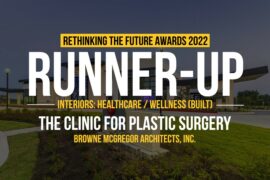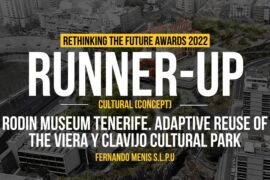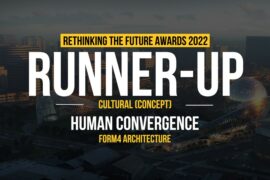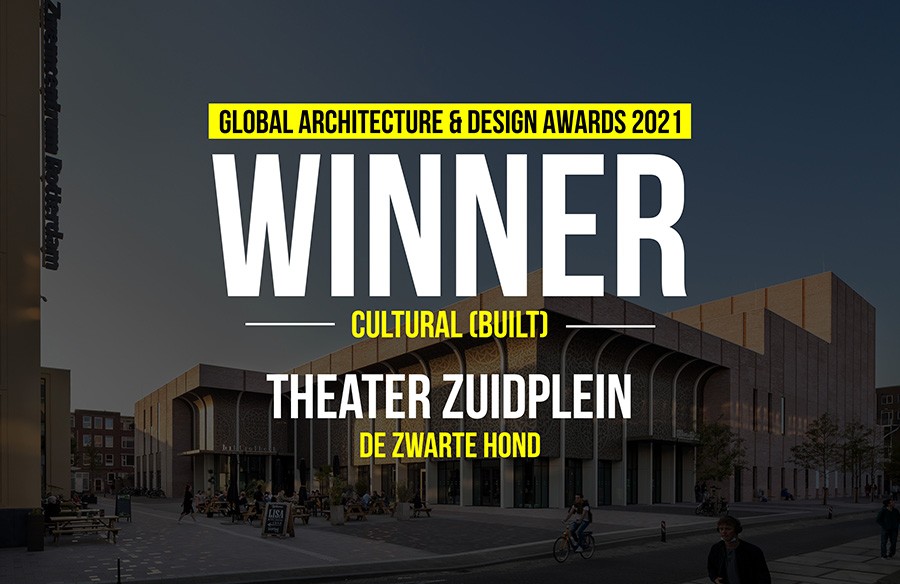First Award | Cultural
[tabs type=”horizontal”]
[tabs_head]
[tab_title]Project Info[/tab_title]
[tab_title]Details[/tab_title]
[/tabs_head]
[tab]Participant Name: Jongwan Kwon
University: Massachusetts Institute of Technology
Country : United States[/tab]
[tab]Zootropolis
City and zoo share similarities in many aspects. Both are totally human-oriented and are the results of human desire. A city is the space dominated by human power and capital, architecture only becoming an instrument to establish them. Zoos are situated in the center of big cities for the purpose of public entertainment and education by exhibiting wild animals. However, the reality is that they are human-made works like the buildings of cities and that human authoritative attitude toward animals is connoted. The importance of zoos in the cities, until now, has been overestimated in terms of industry. Zoos are still the places where human superiority over the nature and animals are exhibited. What we need at this time is to have a chance to correct understanding of animals and see them just as they are. Zootropolis is a new an urban model and an architecture typology for nature-oriented public zoo.
Zootropolis proposes in Yeoui-island as the test site which is the central economic center of Seoul, Korea. While Yeoui-island park operate as a circulation spine, it is underutilized. The project transforms the park into natural animal habitat and the underground into a new city block that connects with the existing urban fabric. The landscape of the zoo is designed as a microcosm of the earth consisting 7-typical continental landscapes that are connected to each other. By superimposing nature on top of a city, the project constructs a physical dialog between landscape and architecture. Surfaces of the landscape are surgically split into certain locations in order to divide geographical territories and allow public observation from underground. The architectural language of natural landform permeating public occupying space illuminates the importance of the nest for life rather than the place for human power and desire is created.
Conventional animal cages in the zoo are typically used to capture wild animals so that human can safely observe them. However, limited observation space so called “Urban cage” became spaces to control human for the animals, not to control animals for the human. The act of observation is restricted and limited which gives an opportunity for visitors to rethink our perspective towards the nature. The zoo is no more a place for animals being watched, but it is an urban space where inducing viewers’ personal interpretation about life.
[/tab]
[/tabs]
If you’ve missed participating in this award, don’t worry. RTF’s next series of Awards for Excellence in Architecture & Design – is open for Registration.
[button color=”black” size=”medium” link=”httpss://www.re-thinkingthefuture.com/awards/” icon=”” target=”false”]Participate Now[/button]
[g-gallery gid=”18052″]




